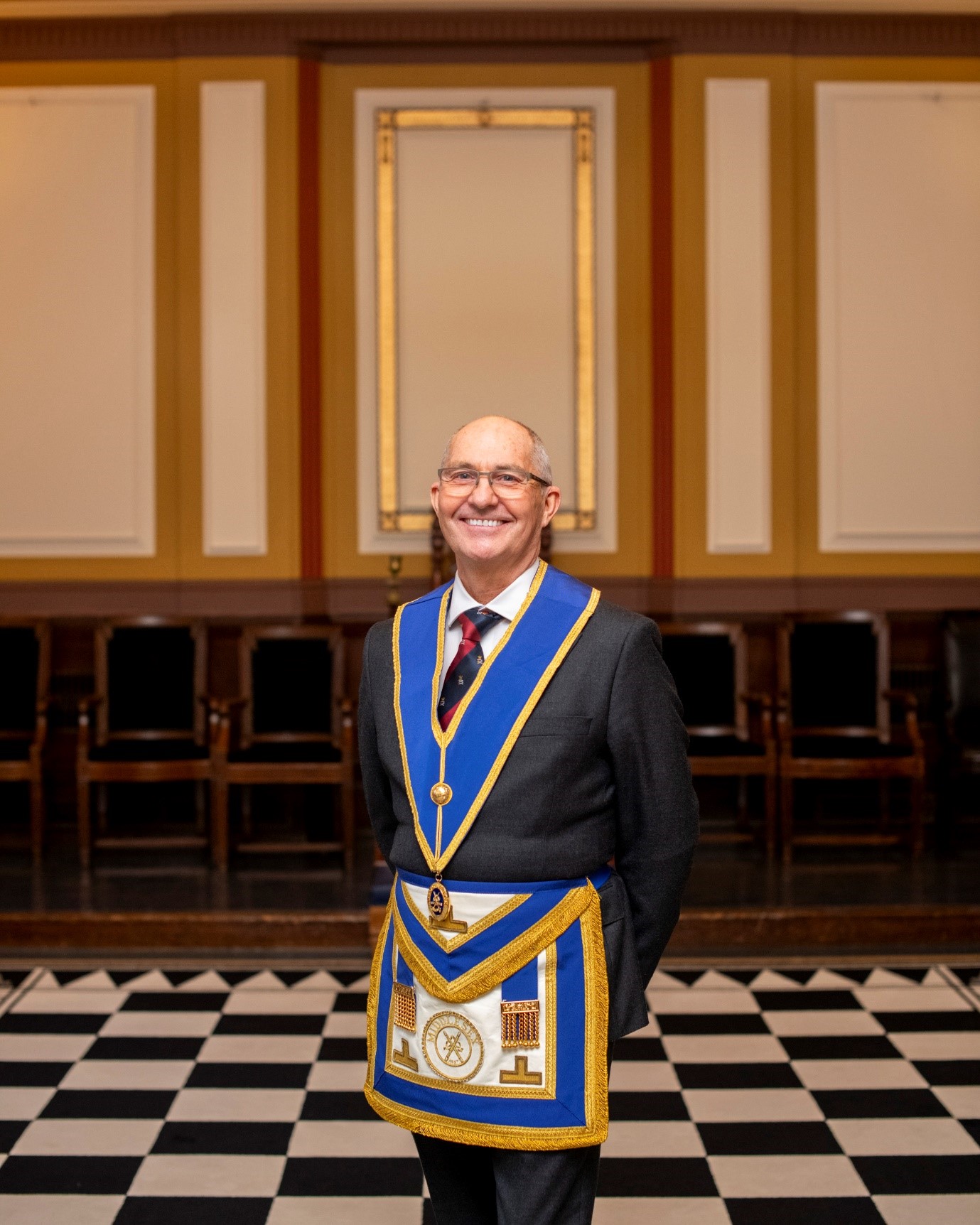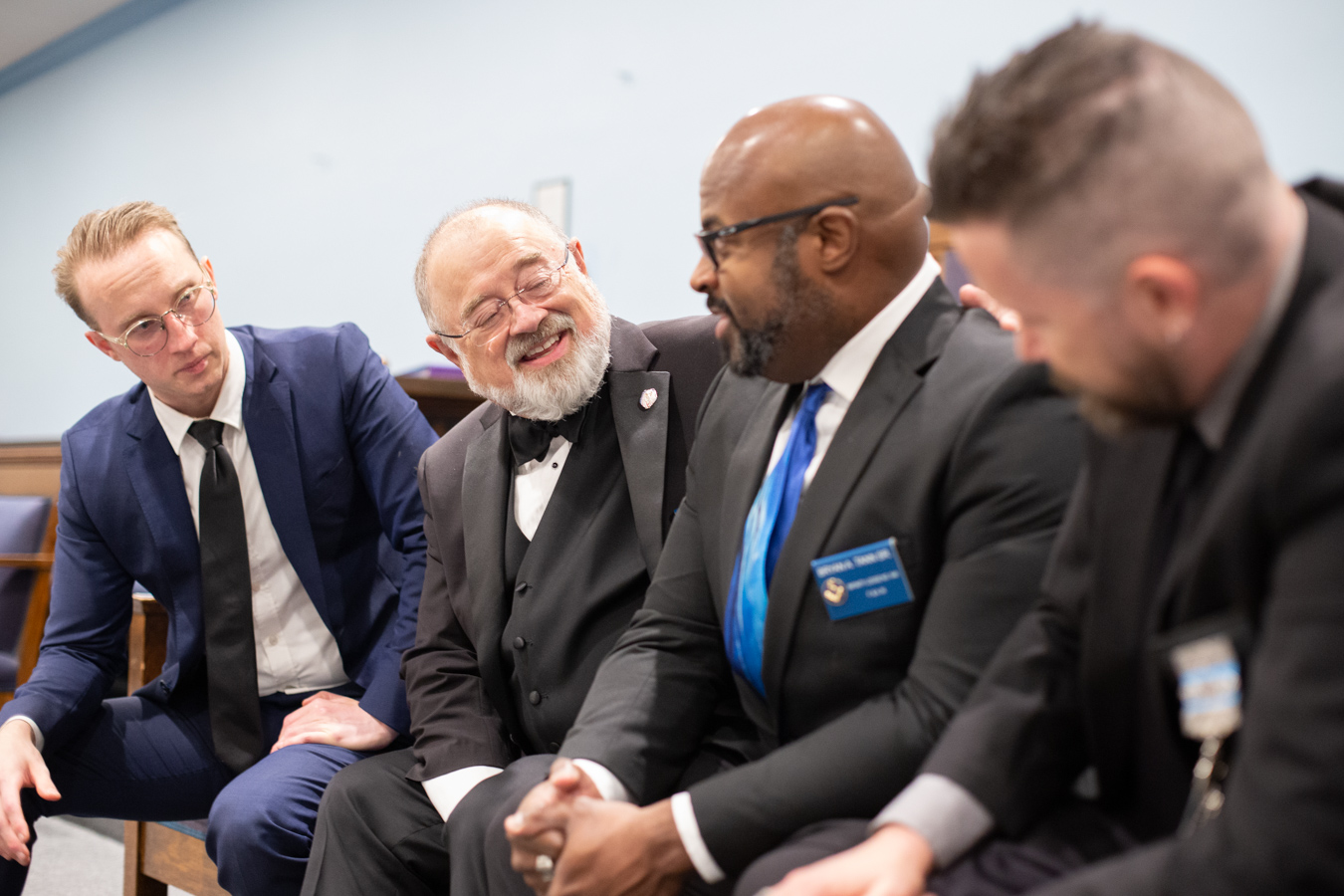Exploring the Practical Benefit of Joining Freemason for Every Member
Wiki Article
Discovering the Mysteries of the Freemason: What You Need to Know
The Freemason, a term usually shrouded in intrigue and controversy, represents an intricate tapestry of historic reality and modern-day myth. Established in the late 18th century, this secret society was originally rooted in the Knowledge's perfects yet has actually considering that come to be identified with conspiracy concepts regarding elite control. As we browse the origins, essential figures, and the plain contrast between myth and reality, one should think about exactly how these narratives influence modern understandings of power and secrecy. What may be disclosed via a better evaluation of these aspects could challenge long-held assumptions concerning the shadows that linger in our society.Origins of the Freemason
The origins of the Freemason are steeped in a blend of historical intrigue and ideological eagerness. Developed in 1776 in Ingolstadt, Bavaria, by Adam Weishaupt, the team was at first formed as a secret culture focused on advertising Enlightenment perfects such as reason, secularism, and the splitting up of church and state. Weishaupt, a professor of canon law, looked for to challenge the prevailing authority of the church and state, which he considered as oppressive establishments suppressing intellectual and individual flexibility.The Freemason sought to hire significant participants from different social markets, including national politics, academia, and the arts, to promote a network dedicated to these Knowledge concepts. The culture operated under a shroud of privacy, employing coded language and rituals to safeguard its participants from persecution, particularly given the repressive environment of the moment. Nonetheless, the Freemason dealt with significant resistance from both governmental authorities and religious establishments, which watched the team as a danger to their power.
Key Figures and Members
Who were the crucial figures that shaped the Freemason's very early impact and direction? The Bavarian Freemason, established in 1776 by Adam Weishaupt, emerged as a response to the overbearing social frameworks of the moment. how to become a freemason. Weishaupt, a regulation teacher, pictured the company as a way to promote Enlightenment ideals such as reason, secularism, and equal rights. His first employment efforts consisted of significant pundits, such as Baron von Knigge, who played a critical duty in expanding the group's membership and organizational framework.An additional considerable number was Johann Gottlieb Fichte, a popular philosopher whose ideas on nationalism and education and learning reverberated with the Freemason's goals. Although Fichte was not a formal member, his philosophical bases influenced the group's ideology. Furthermore, figures like the writer and theorist Johann Wolfgang von Goethe were connected with the wider intellectual movements of the moment, although their direct participation with the Freemason remains debated.
These essential figures added to the Freemason's very early instructions, pressing the limits of political and social idea, while their collective initiatives intended to challenge well-known norms and cultivate an environment of dynamic modification in Europe.
Misconceptions vs. Fact
Many mistaken beliefs surround the Freemason, often mixing truth with fiction in a method that obscures its true nature. The concept that the Freemason continues to exert significant impact over globe occasions is a misconception - how to become a freemason.One more common myth is that the Freemason consists of a network of elite people controling international events. In truth, numerous conspiracy concepts overemphasize the group's significance, attributing unproven objectives to social fads and occasions. This has led to an oversimplified sight of complicated problems.

Modern Analyses
Contemporary interpretations of the Freemason typically mirror more comprehensive social anxiousness and a fascination with privacy and power. This modern lens frequently connects the Freemason with conspiracy theory theories that recommend a concealed elite manages globe events, adjusting federal governments and economic climates for their own gain. Such stories touch right into an ingrained question of authority, especially in times of situation or social upheaval.
Moreover, some contemporary analyses mount the Freemason as an allegory for the complexities of globalization and the interconnectedness of influential people and organizations. This perspective urges a crucial evaluation of just how power characteristics run in today's globe, highlighting the equilibrium between openness and secrecy in administration and corporate techniques.
Social Impact and Heritage
Influenced by centuries of intrigue, the social impact and tradition of the Freemason expand far beyond its historical origins. This secret culture, established in the late 18th century, has permeated different elements of pop culture, from literary works and movie to songs and art. The concept of the Freemason has evolved into a sign of conspiracy theories, typically representing a perceived hidden power manipulating global occasions.In literary works, writers like Dan Brown have actually woven the Freemason right into intricate stories, captivating viewers with themes of privacy and power. Films such as "National Treasure" and "The Da Vinci Code" further continue the allure of the culture, mixing fact with fiction to develop appealing narratives.
The Freemason's impact additionally extends right into music, with musicians referencing the company to evoke motifs of disobedience and social review. This representation has actually contributed to a fascination with the idea of private teams regulating the levers of power, reflecting social stress and anxieties about authority and openness.
Eventually, the Freemason's legacy is a complex tapestry of myth and fact, shaping perceptions of privacy and control in modern discourse. Its enduring existence in culture emphasizes mankind's perennial quest for recognizing surprise facts.
Verdict
The exploration of the Freemason reveals a complicated interaction in between historic realities and modern-day myth-making. Established in the Knowledge period, this society aimed to challenge overbearing structures, yet its heritage has actually been eclipsed by conspiracy concepts that recommend elite control. Comprehending the differences in between benefit of joining freemason the initial ideals and contemporary interpretations is vital for understanding the enduring fascination with the Freemason and its significant influence on social narratives bordering power and secrecy in society.Report this wiki page